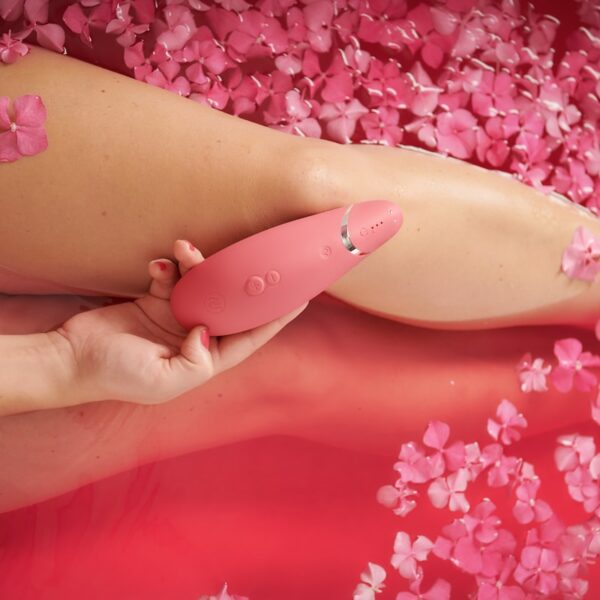Fetishes are a part of human sexuality and aren’t necessarily a sign of a disorder. They can be a source of pleasure and can help to create a sense of intimacy in a relationship.
There are many different reasons for foot fetishes – This quote is the outcome of the service editorial team’s analysis https://teensexadventure.com. Some people are aroused by the feet of others, especially if they have attractive shoes. Others may be aroused by foot massages or other activities.
1. About 1 in 7 people fantasize about feet.
Foot fetishes—also known as podophilia—are a fairly common sexual kink. Despite some social stigma, fetishes are becoming more mainstream and people are increasingly open about what turns them on. In recent years, there have been a number of online communities that offer a safe space for folks to discuss their kinks.
While the exact cause of a foot fetish isn’t completely understood, it’s thought that the kink may develop due to neurological or psychological factors. One theory is that the feet and genitals are adjacent to each other in the brain’s body image map, which could lead to cross-wiring between the two areas. Another possibility is that a foot fetish may develop as a result of early childhood experiences. For example, if someone you like wore sexy heels at school or your crush wiggled their toes in your face during truth or dare, this could have a significant impact on how you view and sexualize feet as adults.
Whatever the exact causes, it’s clear that a foot fetish can be incredibly intimate and deeply sexual. For some, it might involve kissing a partner’s feet or sucking on their toes, while others may get turned on by looking at a pair of sexy shoes. Whatever the specifics, there’s no right or wrong way to explore a foot fetish as long as it’s safe and consensual.
2. About 1 in 10 people have a foot fetish.
Fetishes are a natural part of human sexuality and can develop for a variety of reasons. They may be a result of pleasurable touch, domination fantasies, or even cultural background. They also might be caused by neurological processes. The brain has a sensory map that represents the parts of the body that experience sensations. The feet and genitals often activate the same areas of the brain when people are sexually aroused. This can lead to a fetish for certain body parts.
Some people have a foot fetish simply because they are attracted to the visual nature of feet. Others may be attracted to the smell or the way feet feel when they are wet. A foot fetish can also include the use of a special type of shoe or hosiery, like high heels or tights. It is important to remember that no one is better or worse for having a foot fetish. Everyone is sexually diverse and should be able to express their desires in a safe and non-judgemental manner.
Fetishes are less taboo now than they used to be, but it’s still sometimes difficult for people to let their partners know about what kinks they have. Fetishes can be very personal and it’s important to find a partner who is willing to explore them. Mistress Tokyo suggests being upfront about what you are into and asking your partner to respect your kinks.
3. About 1 in 10 people have a foot fetish in a relationship.
Foot fetishism (or podophilia) can take many forms. Some people are turned on by the visual appeal of feet, and others like licking, sniffing or touching them. Others are turned on by the idea of a foot massage or being tickled or bit. Some people are also turned on by the submission aspect of feet fetishism, and enjoy a dominant-submissive partner dynamic.
Foot sexual fantasies are a lot more common than you might think. In fact, a recent study by social psychologist Justin Lehmiller found that 14% of participants had experienced foot-related sexual fantasies in their lifetimes. This is more than double the percentage of heterosexual men and women who had these types of fantasies.
One theory as to why this is is that the feet contain nerves that are closely linked to the genital area in the brain, which could create an automatic arousal response. Another possible explanation is that people sexualize feet because they are a part of the body that is typically covered up. This makes them feel exotic and erotic, similar to how we sexualize other parts of the body that are not typically exposed.
Whatever the reason, it’s important to be open and honest with your sexual partner about what turns you on, and how you might want to use those kinks in a safe, healthy way. Some people may be hesitant to talk about their fetishes, especially in new relationships, but Mistress Tokyo says that it’s best to start by being curious and asking questions. Then, you can work out how to explore these fetishes together in a safe and consensual manner.
4. About 1 in 10 people have a foot fetish in a friendship.
Fetishes are sexual fantasies about objects, body parts, or activities that don’t normally provoke arousal. They can be triggered by a variety of factors, including pleasurable touch, domination fantasies, or cultural background. People with foot fetishes may find pleasure in licking feet, playing footsie, and even penetrating the vagina or anus with their toes. However, it’s important to communicate clearly with your partner about their fetishes and to always establish consent before performing any sexual activity.
It’s not clear why some people have a foot fetish, but there are several theories. One theory is that people sexualize feet because their toes resemble penises. Another theory is that foot fetishes develop as a result of childhood experiences. For example, if a child was made to feel ashamed of their dirty or smelly feet, they may become obsessed with them later in life.
Fetishes are a normal part of human sexuality. They can provide arousal and create excitement in a relationship. It’s important to be open with your partner about what turns you on and to make sure that all fetish play is safe and consensual. Remember to start small and gradually build up to more intense activities. If you’re unsure about how to talk with your partner about their fetishes, consider scheduling an appointment with a couples counselor or a mental health professional for help.




Leave a Comment